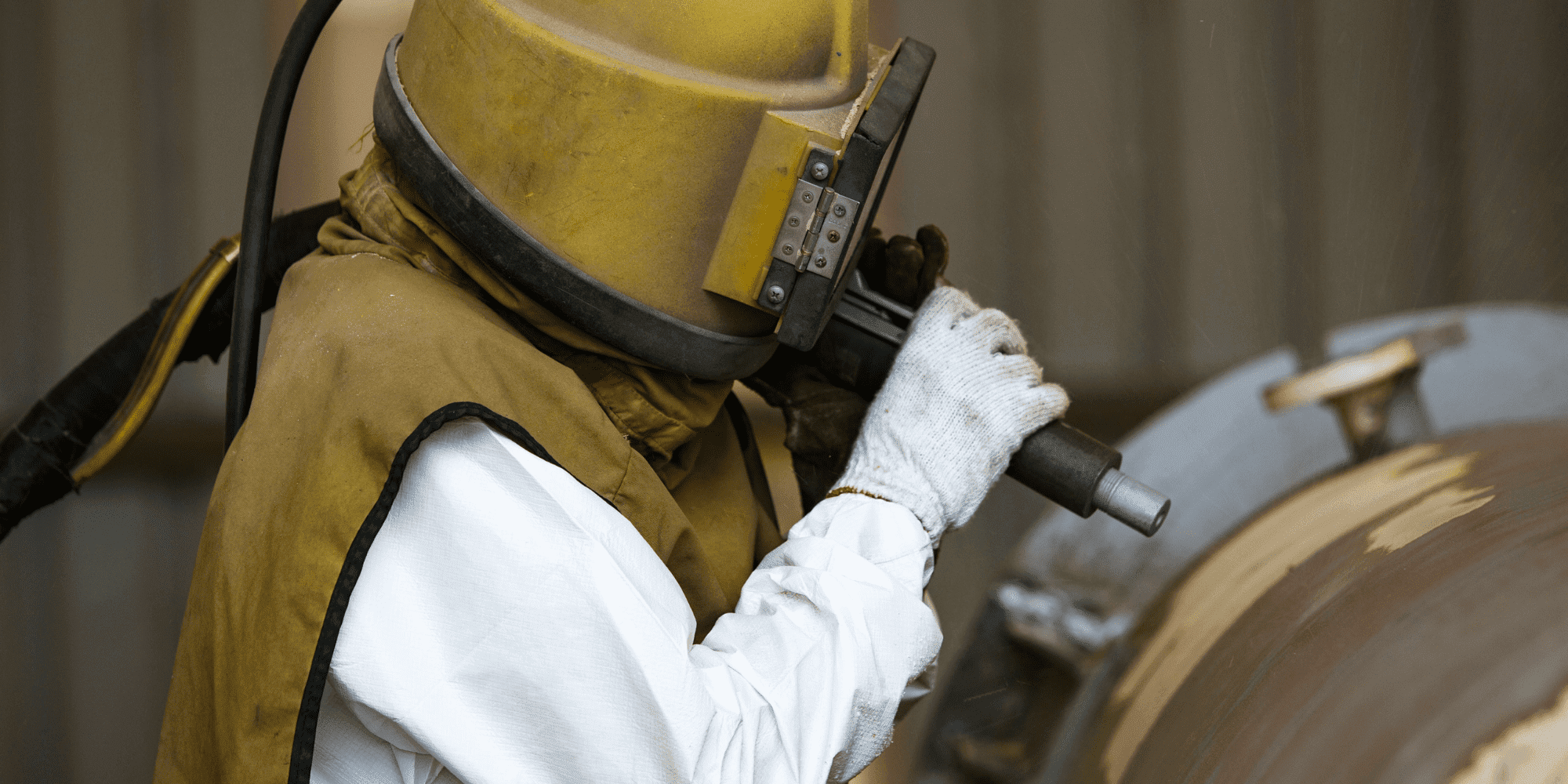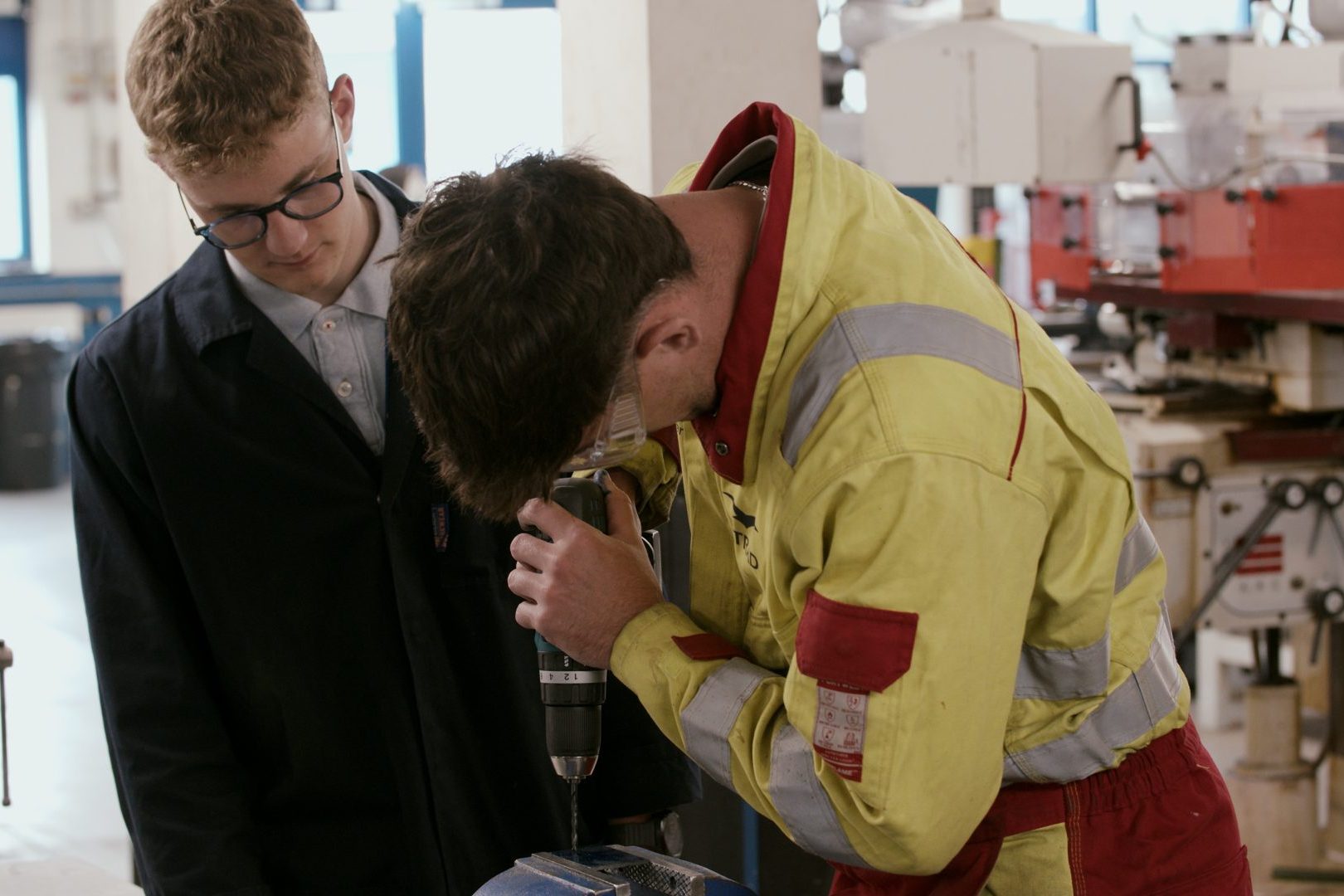Ideal route into engineering construction
Gain essential knowledge and practical skills
Verify technical skills with technical tests
Gain independent verification of occupational competence with ECITB qualification
ECITB training courses
Abrasive wheels
Learn how to safely and effectively operate hand-held and mounted abrasive wheel tools. This course includes practical activities in the workshop and testing to reinforce the skills learnt.
Firewatcher
An introduction to the firewatcher role, the observation and monitoring of fire risk and hot work areas are covered in this course. Learn what to do if a fire is discovered and how to follow a safe system of work, raise the alarm, evacuate others safely and discharge a fire extinguisher.
Confined space: low risk
Learn how to safely work in a low risk confined space, know the hazards, equipment and specific requirements for entering and working safely including dealing with emergencies. The training includes an assessment and practical exercises such as the simulation of a dangerous situation requiring completion of emergency exit procedures.
Confined space: medium risk
Learn how to work safely in a medium risk confined space environment that requires the use of escape breathing apparatus and the presence of one or more people responsible for controlling the entry and dealing with emergencies. This training includes an assessment and practical exercises including the simulation of a dangerous situation requiring the use of an escape set.
Manual handling
Learn safe manual handling techniques and recognise the risks associated with poor manual handling techniques. This course includes an assessment and practical exercises, one completed as an individual and the other as a team.
Working at height
Learn how to prepare for and work safely at height whilst performing engineering activities. Includes an assessment and practical exercises such as inspecting lanyards and harnesses for defects, preparing and reinstating the work area. This training aligns with the working-at-height regulations, relevant British Standard and code of practice for working at height and rescue.
Working safely with hand and power tools
Learn how to identify, safely use, store and check a range of tools needed to carry out basic engineering tasks. These tools include: hammers, chisels and punches, files, screwdrivers, hacksaws, spanners and wrenches, powered drills, pillar drills, saws and grinders. This training includes an assessment and practical exercises including cutting, filing, using hand tools to measure, power tools to drill.
Technical tests
Join materials by manually controlled welding process
This test confirms operatives can join materials by manually controlled welding process, preparing four test pieces for welding and tack weld two sections of the joint securely.
Find an approved training organisationMark out to required specification
This test confirms operatives can mark out metal plates for fabrication and production of components to a required specification.
Find an approved training organisationMove engineering loads by manual operation
This test confirms operatives can safely move an engineering load by manual operation from a storage area to its final location, securing it for work execution.
Find an approved training organisationRead and extract information from engineering drawings and specifications
This test confirms operatives can mark out metal plates for fabrication and production of components to a required specification.
Find an approved training organisationShape engineering components by material removal using hand tools
This test confirms operatives can mark out and shape engineering components by material removal using hand tools.
Find an approved training organisationSpecialist safely working at height tests
These tests confirm operatives have the skills and ability to set up working-at-height resources correctly and carry out a rescue of a simulated unconscious casualty, working as a team of two.
Find an approved training organisationThermal insulation
This test confirms operatives can safely and accurately apply insulation and non-metallic cladding to pipework to specification.
Find an approved training organisationQualifications
Related disciplines
Sign up for updates
Your information will be used to subscribe you to our e-newsletter.
For more information, please see our Privacy Notice.







